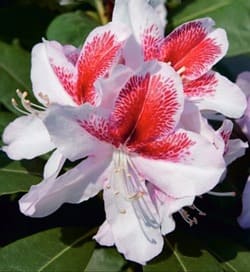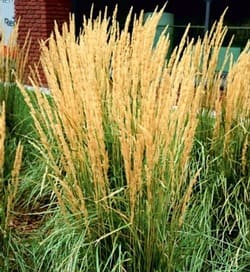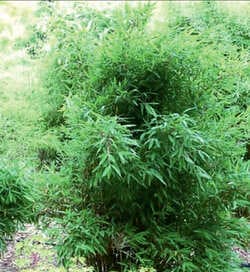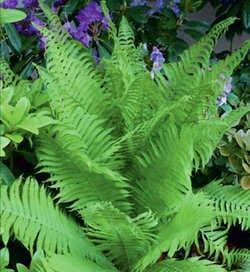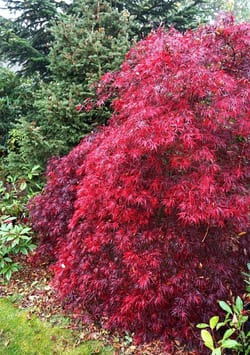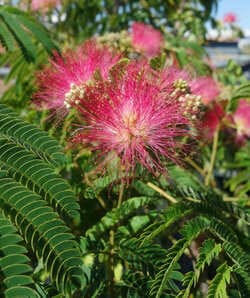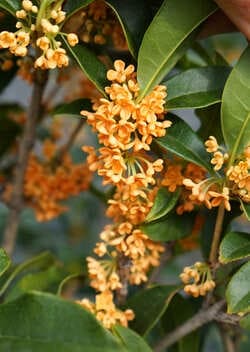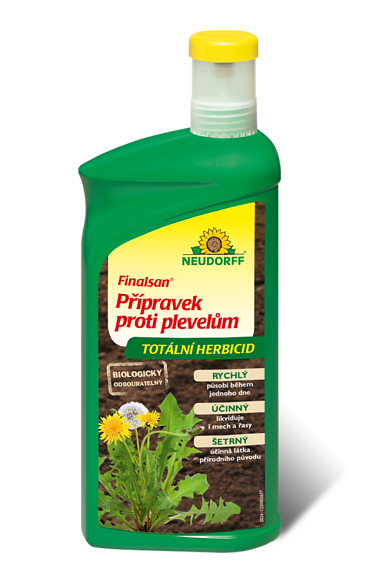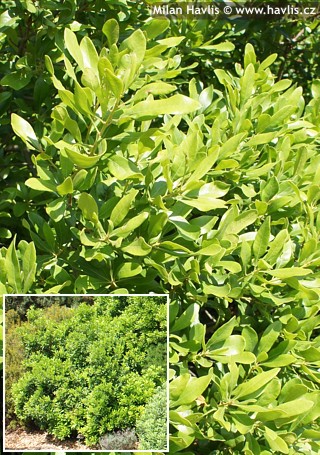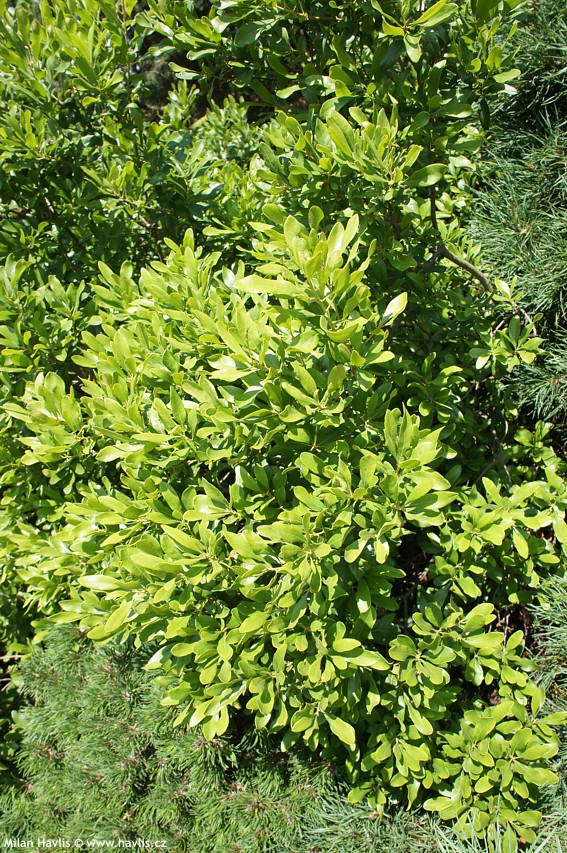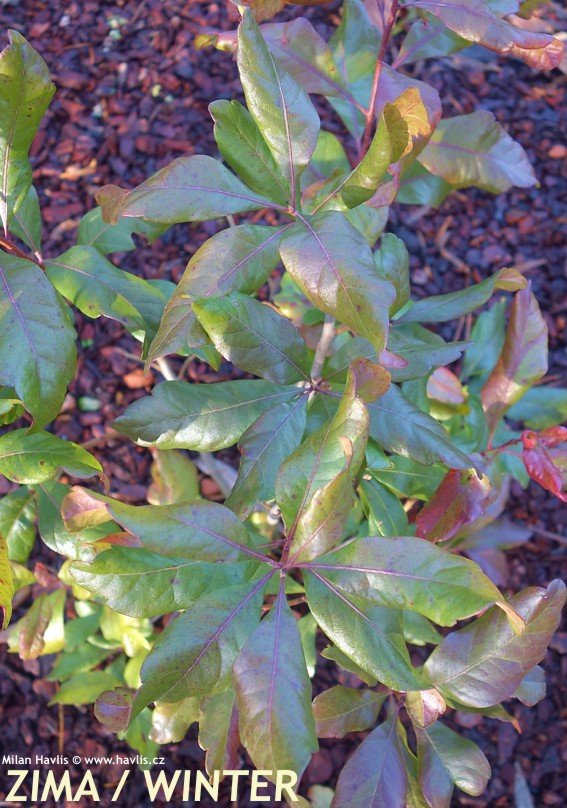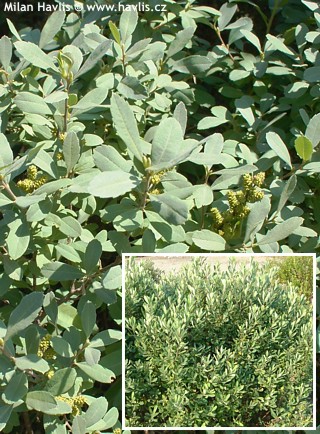Myrica pensylvanica northern bayberry


Myrica
Myrica and its various species have many names: bog myrtle, sweetgale, wax myrtle, even bayberry. All these names are for one genus that can be found worldwide, and for some reason nurseries don't grow them. So if you want one you have to search hard, and you will probably end up at a specialist nursery selling rare and unusual plants. That is such a pity! Because when I first saw a few myrica plants in a botanical garden it was love at first sight. Such neat and compact plants with handsome foliage and quite uniform habit. I made every effort to find a couple of growers of these plants so you can have them, too.
Northern bayberry is native to eastern coast of North America, and obviously Pennsylvania where its name comes from. It is probably the showiest of all hardy myricas thanks to its light green, leathery, and highly glossy foliage which resembles pittosporum. Leaves are 4-6 cm long, undulated, inversely lance-shaped, semi-evergreen. The flowers are inconspicuous, yellow green, erect catkins which open from mid spring for a few weeks, releasing an interesting sweet and spicy fragrance, typical for ericaceous plants. Both this perfume and that of crushed leaves keep biting insects at bay.
Bayberry, unlike its bog relative, needs well-drained soil that is kept moist, though it can temporarily take both drought and flooding for limited period of time. It needs fertile, acid soil, and preferably full sun. Pruning is possible in early spring or after flowering in early summer. It grows rather slowly or moderately (5-15 cm per year), forming a medium-sized, round-shaped shrub of handsome habit. It is hardy to about -37°C (USDA zone 3).
Last update 09-01-2017












